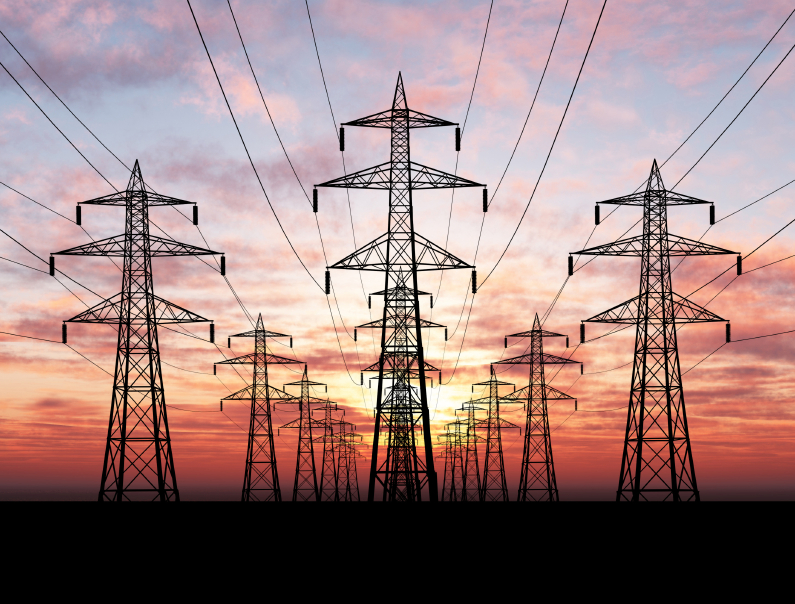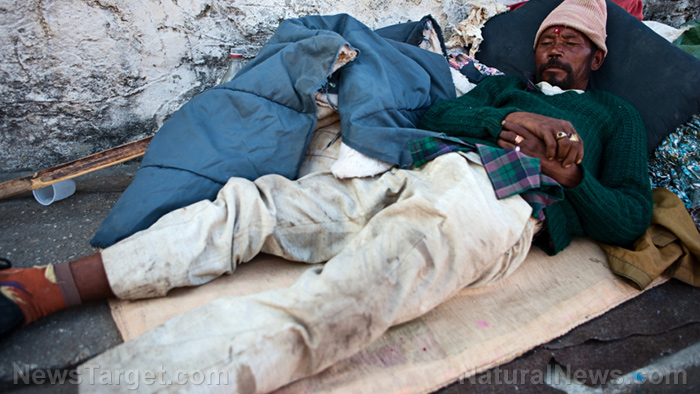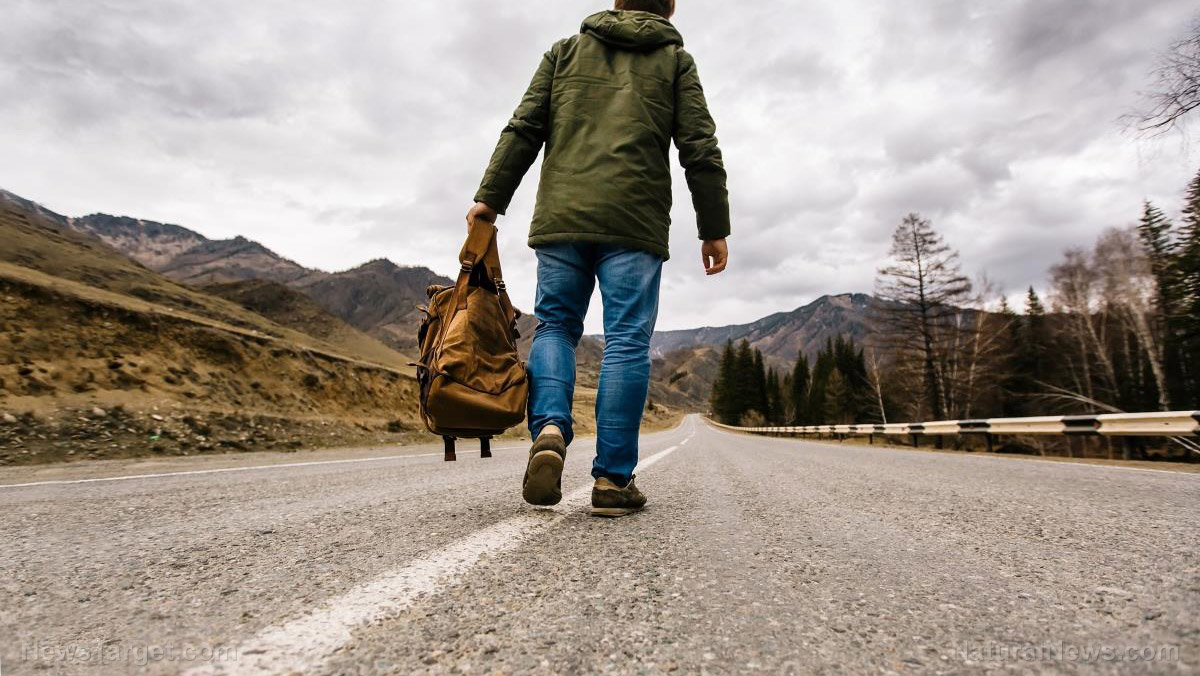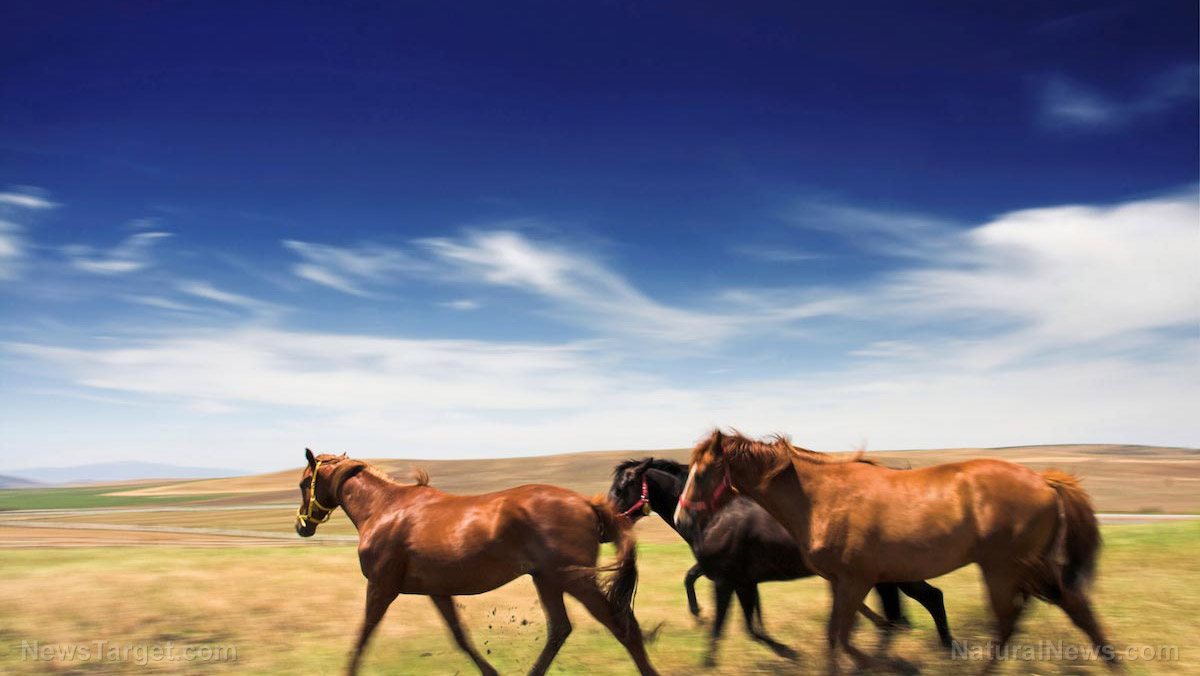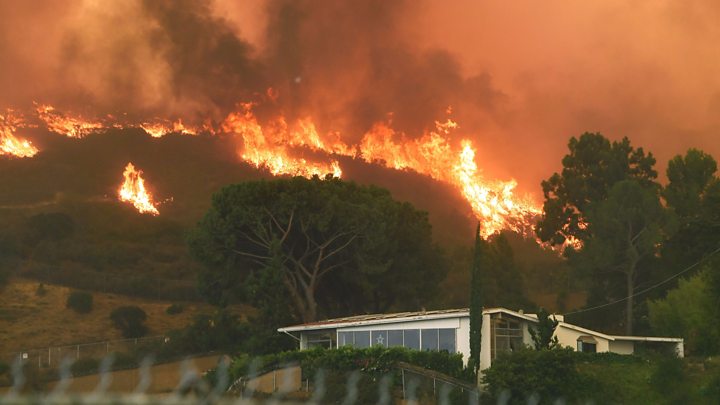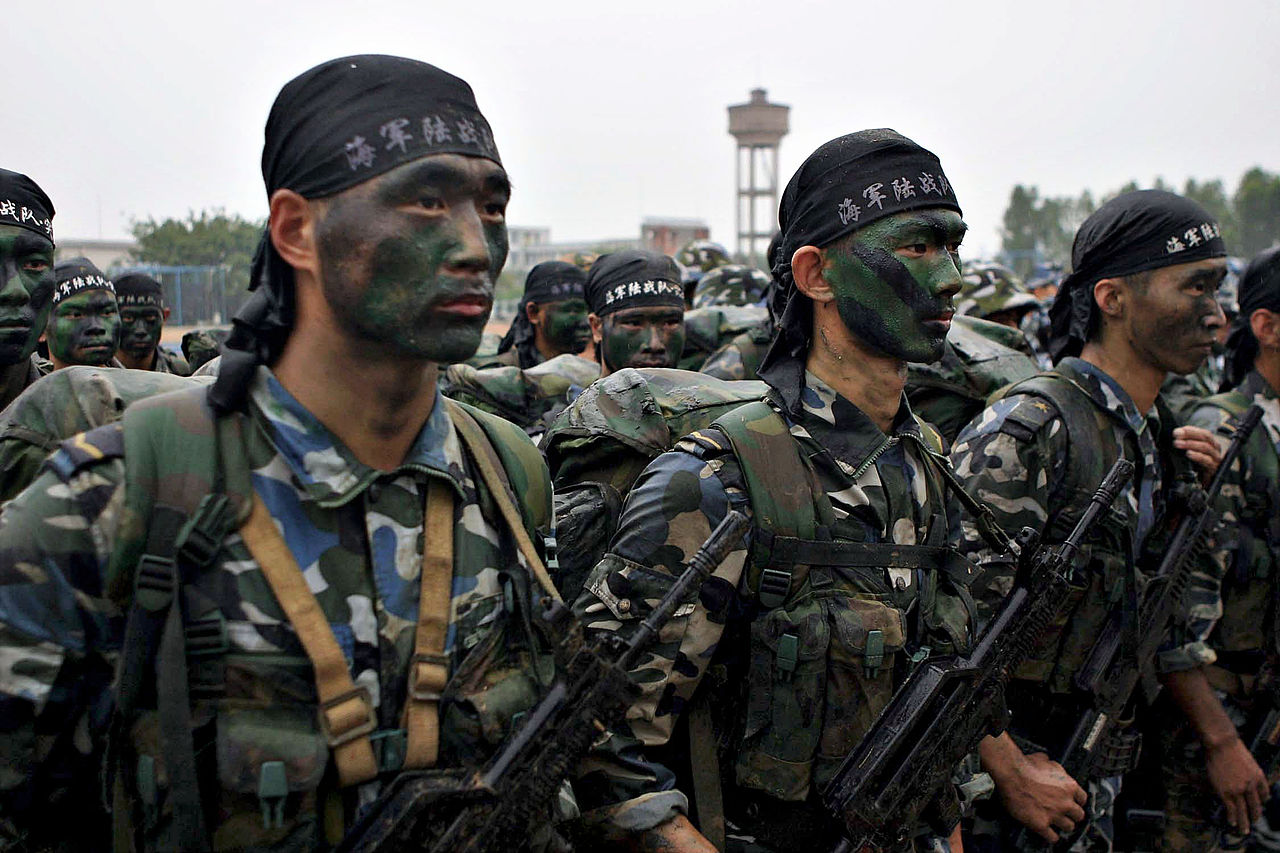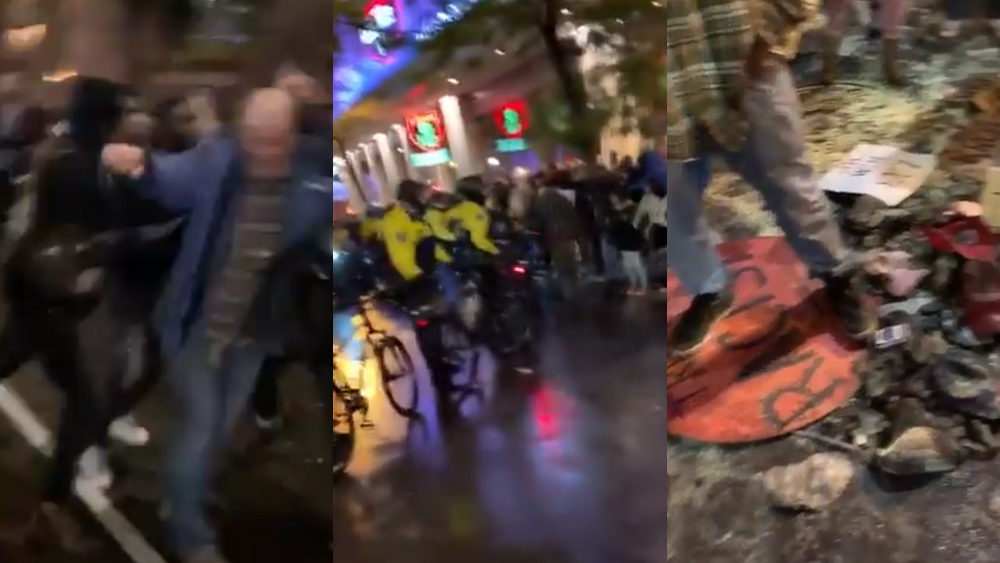Chernobyl lives on: Drone expedition reveals unexpected “hotspots” of concentrated nuclear material, warn researchers
10/22/2019 / By Lance D Johnson
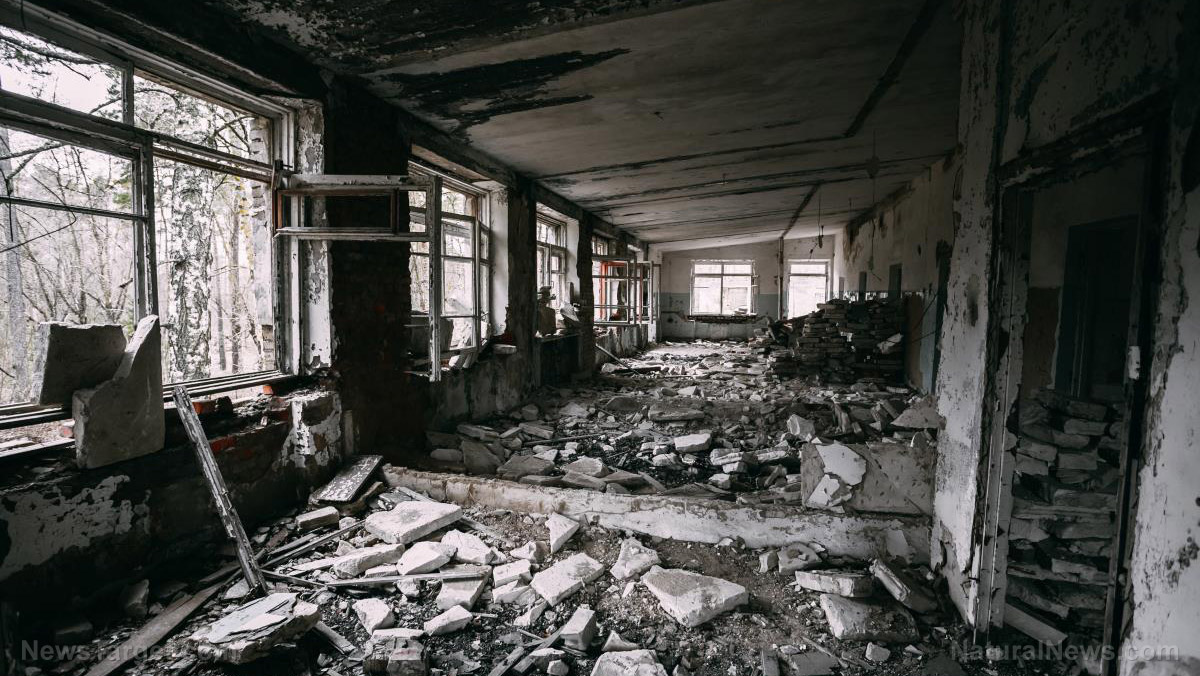
The world was forever changed in 1986 when a nuclear reactor at the Chernobyl power plant caught fire and exploded. The explosion shot radioactive material into the environment, making the area uninhabitable for humans. Approximately 116,000 people from the former Soviet Union town of Pripyat were evacuated. Small villages were left behind as ghost towns.
Now, more than thirty years after the explosion, researchers are able to take a closer look at newly discovered radiation hotspots. Using specially-designed drones, researchers from the UK’s National Centre for Nuclear Robotics and the University of Bristol were able to survey the 1,600 square mile Chernobyl Exclusion Zone. The researchers created a detailed map of radiation hotspots.
Researchers uncover new radiation hotspots in the UK
The two-week expedition began in Buriakivka, a village about 13 kilometers from the original Chernobyl explosion. The team trudged through the settlement of Kopachi before heading over to the Red Forest. The research team, led by Professor Tim Scott, deployed a fleet of fixed-wing drones. The drones spent 24 hours in the air, flying at a height of 45-60 meters. The drones, equipped with custom-built radiation detectors, helped the researchers create spatial 3D maps, pinpointing previously unknown radiation hot-spots. The drones utilized new sensor technology developed by the University of Bristol’s spinout, Imitec.
After detailing new radiation hotspots, the team also deployed rotary drones to the select areas to further survey the radiation. The rotary drones were able to complete a comprehensive radiation map of the Red Forest. The rotary drones unveiled areas of major concern within the village of Kopachi. The team uncovered a new hotspot just south of the Red Forest in an area of irradiated soil that was left behind from original cleanup efforts. Even after three decades, the area still measures a dose-rate of greater than one millisievert (mSv) per hour – too hazardous for human contact. The drones also detailed unexpected hotspots where radioactive fallout leaked and gathered over the years.

|
Discover how to prevent and reverse heart disease (and other cardio related events) with this free ebook: Written by popular Natural News writer Vicki Batt, this book includes everything you need to know about preventing heart disease, reversing hypertension, and nurturing your cardiac health without medication. Learn More. |
The Chernobyl Exclusion Zone, now flourishing with wild animals such as boar, deer, wolves and lynx, gives a glimpse of what life would be like without humans. Now, scientists can monitor the health of plants and animals that are most impacted by chronic radiation in the exclusion area. In 2018, about 70,000 tourists toured the Chernobyl Exclusion Zone. Some of the adjacent areas are being converted to solar energy farms. The new maps will also help the UK monitor specific sites without exposing humans to additional risk.
“We can fly into a contaminated area from a safe zone, perhaps 10 km away from the incident site, and gather detailed information – streaming it live during the flight before returning safely to base,” says Professor Scott.
These new maps will help improve safety protocols for people who enter the area. The detailed maps will also help the UK identify the most contaminated sites and material so they can be properly treated or disposed of. The UK is currently dealing with 4.9 million tons of radioactive material. Using current technologies, it will take nearly 120 years and one million human workers to properly decommission the contaminated material.
Over the next year, the National Centre for Nuclear Robotics will work to reduce the cost of nuclear waste cleanup while keeping people safe. Deploying AI and sensing technologies, the Centre hopes to expedite cleanup efforts in hazardous environments. The technology has other benefits too. It can be used to identify the presence of rare earth metals like gold and copper mineral deposits, helping countries locate mineral-rich areas. The new sensing technology can also distinguish between thirty different types of plastic and will one day be used in the recycling industry.
For more, visit Radiation.news.
Sources include:
Tagged Under: Chernobyl, drone technology, future tech, hazardous environments, irradiated soil, nuclear power, nuclear waste, nuclear waste cleanup, radiation, radiation mapping, radiation science, radiation sites, Radioactive material, Red Forest, robotics, safety, UK
RECENT NEWS & ARTICLES
COPYRIGHT © 2017 COLLAPSE.NEWS
All content posted on this site is protected under Free Speech. Collapse.news is not responsible for content written by contributing authors. The information on this site is provided for educational and entertainment purposes only. It is not intended as a substitute for professional advice of any kind. Collapse.news assumes no responsibility for the use or misuse of this material. All trademarks, registered trademarks and service marks mentioned on this site are the property of their respective owners.


